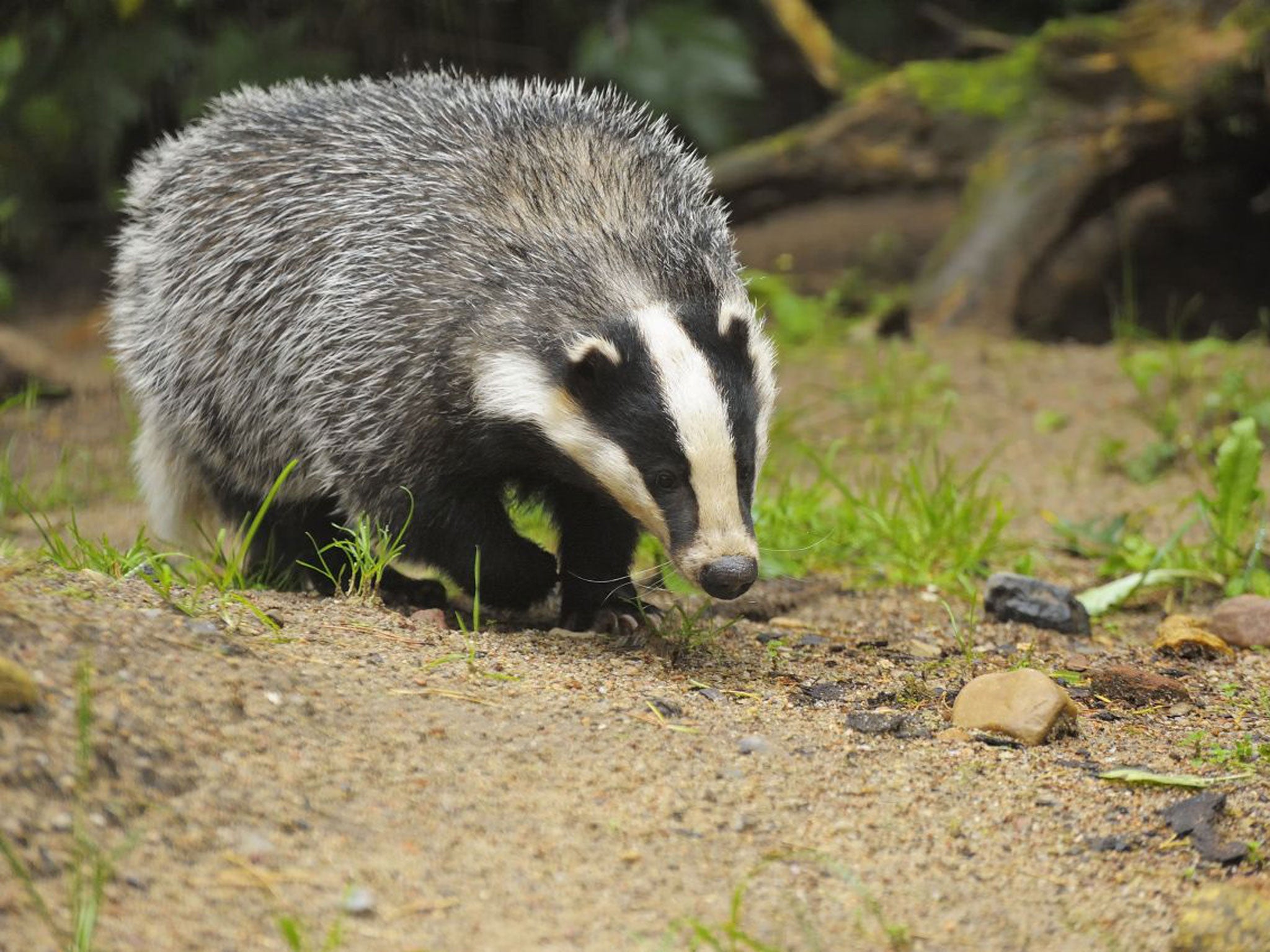'Badgershambles' cull in Gloucestershire falls short of target and firms seek extension

Your support helps us to tell the story
From reproductive rights to climate change to Big Tech, The Independent is on the ground when the story is developing. Whether it's investigating the financials of Elon Musk's pro-Trump PAC or producing our latest documentary, 'The A Word', which shines a light on the American women fighting for reproductive rights, we know how important it is to parse out the facts from the messaging.
At such a critical moment in US history, we need reporters on the ground. Your donation allows us to keep sending journalists to speak to both sides of the story.
The Independent is trusted by Americans across the entire political spectrum. And unlike many other quality news outlets, we choose not to lock Americans out of our reporting and analysis with paywalls. We believe quality journalism should be available to everyone, paid for by those who can afford it.
Your support makes all the difference.The Government’s highly controversial badger cull was in tatters on Thursday after the Environment Secretary Owen Paterson admitted that a trial in Gloucestershire had killed less than half of the animals it set out to – as the cull companies asked to more than double the length of the programme to finish the job.
They have applied to extend the six-week trial that has just finished in Gloucestershire by eight weeks, after it killed just 708 badgers, or 30 per cent of the local population.
For a cull to be effective, 70 per cent of the local population needs to be eliminated, or 1,650 badgers, meaning the trial succeeded in killing just 43 per cent of the animals it intended to.
The Government hopes to reduce the level of tuberculosis in cattle by curbing the number of infected badgers which help spread the disease.
However, scientists such as Professor Rosie Woodroffe, of the Institute of Zoology, said that the trial cull in Gloucestershire had probably made the problem worse as the low death-count allowed numerous fleeing badgers to take their disease to new areas.
Furthermore, extending the cull by such a long time would exacerbate this movement, known as the perturbation effect.
Professor Woodroofe was one of the authors of the Randomised Badger Culling Trials (RBCT), the most authoritative research into the effectiveness of badger culling, which took place between 1998 and 2005.
“The 30 per cent figure is similar to that part of the RBCT that made TB worse in the cattle. And the longer they keep going the more they stir up the badger population. They need to stop this trial now, as they originally intended to and decide what they want to do next,” she said.
The trial in Gloucestershire is the second of two and ran a week behind the first, in Somerset. This killed 59 per cent of the animals targeted and has been granted a three-week extension to finish the job.
The results of that trial quickly became legendary after Mr Paterson last week accused the badgers of “moving the goalposts”.
This is because the Government found just before the Somerset trial ended that the badger population was considerably lower than it had estimated just a year earlier, meaning the original death-target was higher than the actual population.
The Environment Secretary’s goalpost comment came in response to a suggestion that that he was himself “moving the goalposts on all fronts” after he drastically reduced the population estimates and called for an extension of the Somerset pilot, which has since been granted.
The population estimate for the Gloucestershire culling zone was also reduced significantly before the conclusion of the six-week trial, and, as with the Somerset trial, the results are based on the reduced population.
Mr Paterson said on Thursday in a written ministerial statement: “I have always been clear that both the Somerset and Gloucestershire culls are pilots. This has enabled us to test the safety, humanness and effectiveness of controlled shooting as a means of reducing badger numbers and so reduce significantly disease in cattle.”
“The early indications are that, as in Somerset, the pilot in Gloucestershire has been safe and humane. Nevertheless the Gloucestershire pilot has again demonstrated that the cull period may need to be longer than six weeks in the future,” he added.
Mr Paterson said he would “consider all the information these pilots have generated and decide on next steps”.
Nigel Gibbons, the chief vet, said: “I recommend the cull is extended to achieve the earliest and greatest possible impace on bovine TB in cattle by reducing further the badger populations in the pilot areas.”
Mark Jones, executive director of Humane Society International UK, said: “Whilst I am relieved that marksmen failed to slaughter the number of badgers they intended to in Gloucestershire, it’s clear that their inability to achieve their kill target in both cull zones represents the latest in what has become a catalogue of failures of these disastrous pilot culls to deliver against Defra’s own criteria.”
Join our commenting forum
Join thought-provoking conversations, follow other Independent readers and see their replies
Comments